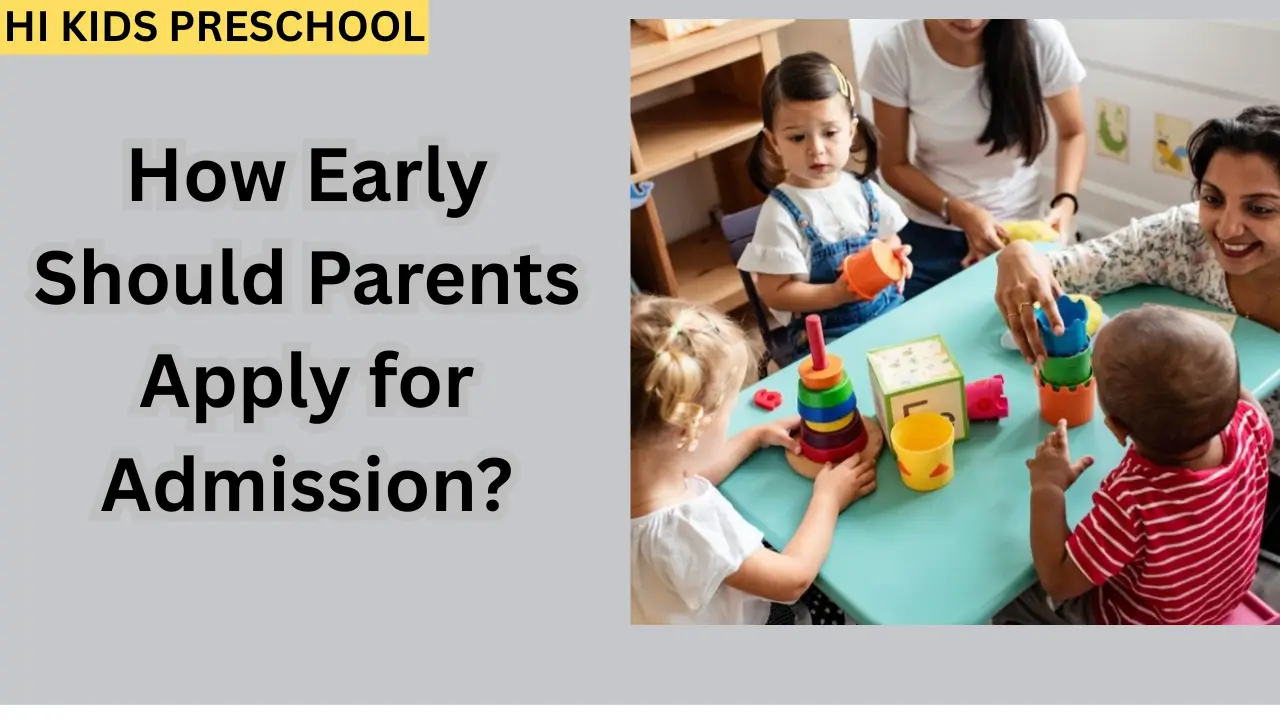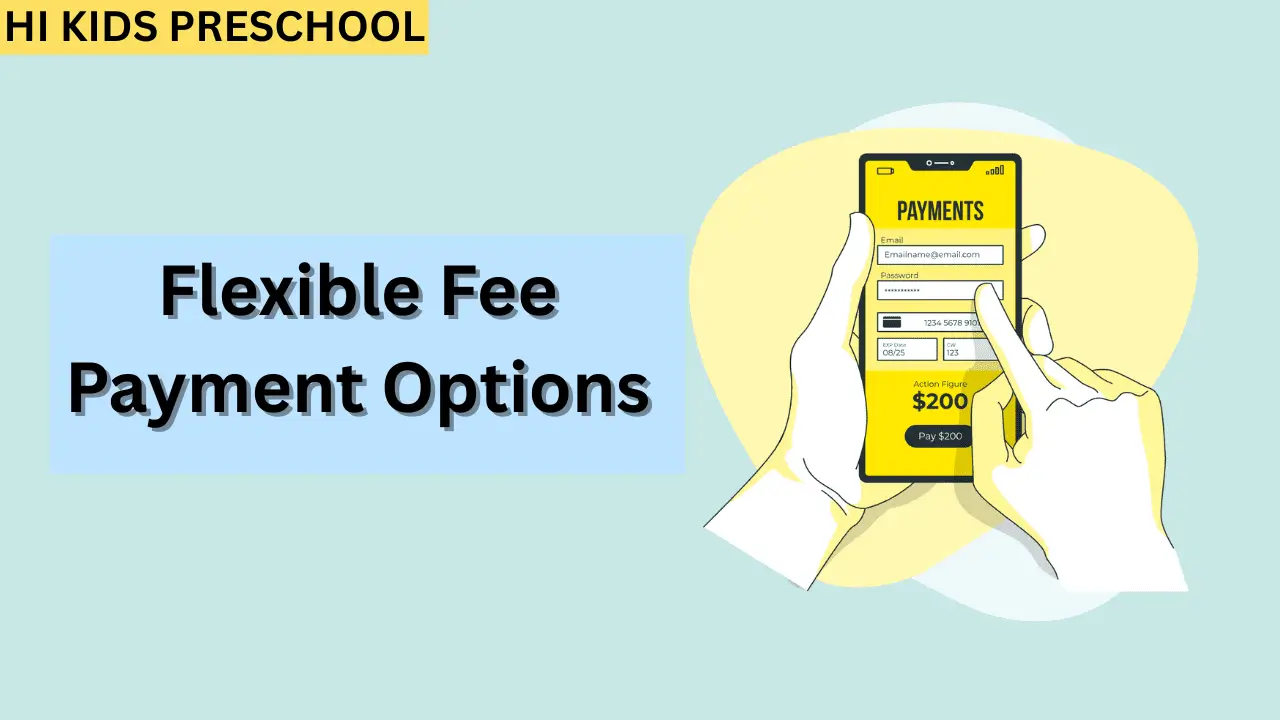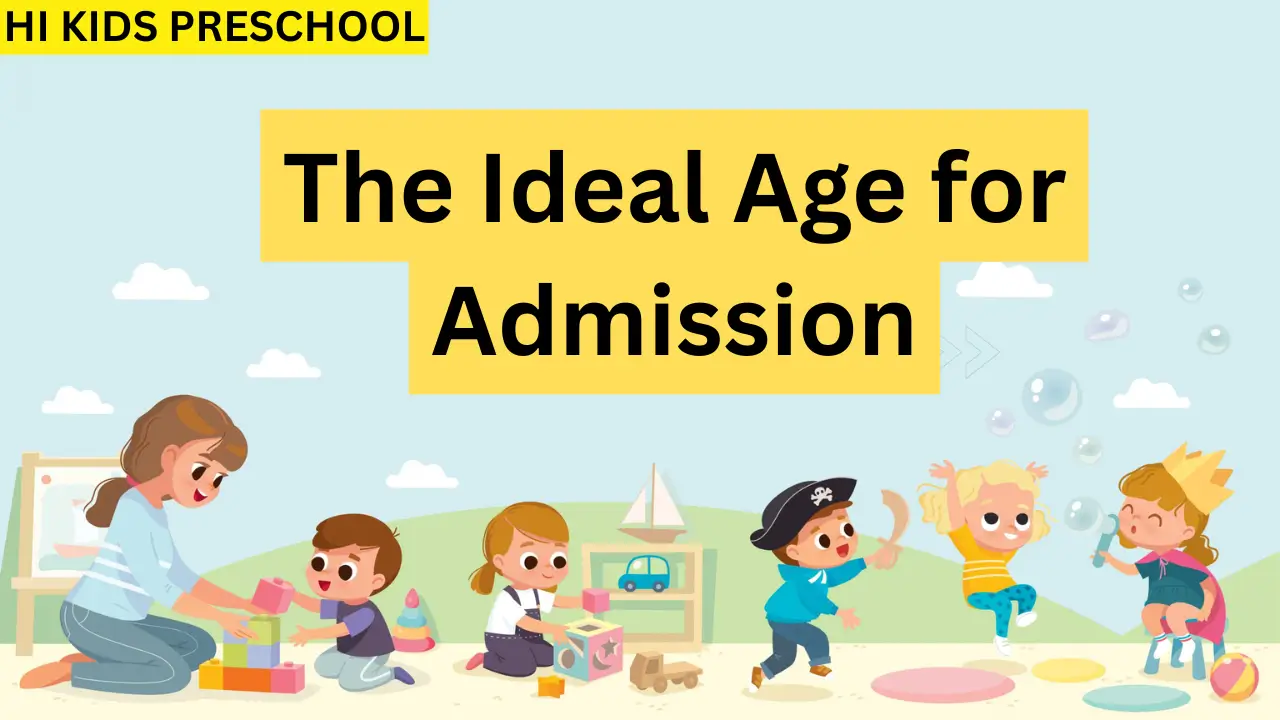Self-learning is an essential skill that empowers children to become independent, motivated, and lifelong learners. Schools play a crucial role in fostering self-learning by creating environments and implementing strategies that nurture a child’s curiosity, autonomy, and confidence.
This article explores how schools encourage self-learning in children, highlighting practical methods, structural supports, and the latest educational practices that promote independent learning.
Understanding Self-Learning in Children
Self-learning, also known as self-directed learning, is when children take ownership of their learning process by setting goals, exploring resources, and evaluating their progress independently. It differs from traditional teacher-led instruction by emphasizing autonomy, critical thinking, and problem-solving skills. In the 21st century, self-learning is vital for adapting to rapid changes and preparing for future challenges.
Strategies Schools Use to Promote Self-Learning
Schools encourage self-learning through a thoughtful combination of autonomy, guidance, and reflection. Below are the key strategies commonly employed:
1. Creating a Choice-Rich Environment
- Schools provide students opportunities to select topics, projects, and learning methods.
- Allowing choice cultivates ownership and engagement, as children pursue interests that motivate them personally.
2. Building Strong Foundations
- Schools ensure students acquire essential literacy, numeracy, and digital skills.
- A strong knowledge base enables children to research, analyze, and synthesize information independently.
3. Teaching Metacognitive Skills
- Students are taught to plan, monitor, and evaluate their own learning processes.
- Structured lessons on goal-setting, organizing work, and reflecting on outcomes help children become self-aware learners.
4. Providing Real-World Learning Experiences
- Apprenticeships, internships, and project-based learning connect classroom knowledge to practical situations.
- Such experiences promote deeper understanding and confidence in applying skills autonomously.
5. Offering Feedback and Scaffolding
- Teachers use open-ended questions and constructive feedback to guide without taking over the learning.
- Gradual transfer of responsibility from teacher to student supports the development of problem-solving skills.
6. Encouraging Reflection
- Regular journaling, group discussions, and self-assessment exercises foster reflection on learning progress and strategies.
- Reflection promotes adaptability and continuous improvement in learning approaches.
The Role of Teachers and School Environment
Teachers balance freedom with guidance, creating a supportive yet challenging environment. They model behaviors like goal-setting and constructive feedback, encouraging students to emulate these habits. Schools may also design classrooms and schedules that allow flexibility for students to explore topics deeply at their own pace while ensuring curriculum goals are met.
Latest Trends and Innovations
Recent educational models increasingly emphasize personalized and self-directed learning:
- Microschools and forest schools offer highly personalized, interest-driven curricula minimizing traditional tests and grades.
- Schools incorporate digital platforms providing adaptive learning paths tailored to each student’s pace and style.
- Collaborative projects with professionals and community experts give students real-world apprenticeships that build autonomy and skills.
Benefits of Self-Learning Encouragement in Schools
| Benefits | Description |
|---|---|
| Increased Motivation | Students pursue learning with intrinsic interest and excitement. |
| Enhanced Critical Thinking | Learners develop skills to analyze, evaluate, and create. |
| Improved Problem-Solving | Real-world challenges build resilience and innovative thinking. |
| Greater Responsibility | Students learn to manage time, set goals, and track progress. |
| Lifelong Learning Preparedness | Builds habits and skills necessary for continuous future learning. |
How Schools Cultivate Self-Learning: A Summary
- Provide autonomy and choice: Let children decide what and how to learn within a supportive framework.
- Ensure foundational skills: Equip students with reading, writing, numeracy, and tech proficiency to navigate learning effectively.
- Integrate metacognitive instruction: Teach students to plan their learning, reflect, and adjust strategies.
- Use experiential learning: Engage students in apprenticeships, projects, and real-world problem solving.
- Offer constructive feedback: Use questioning and dialogue to prompt deeper thinking and independence.
- Create reflection opportunities: Include journaling, group discussions, and self-assessment regularly.
Practical Tips for Schools to Foster Self-Learning
- Set clear, achievable goals with students and encourage personal learning plans.
- Design learning spaces that inspire curiosity and exploration, including access to diverse resources.
- Facilitate peer learning and collaborative problem-solving to build social and cognitive skills.
- Recognize and celebrate effort and progress, not just outcomes, to build confidence.
- Train teachers in scaffolding techniques that gradually shift learning control to students.
Conclusion
Schools play an indispensable role in encouraging self-learning in children by balancing the right mix of structure, freedom, and support. Through carefully crafted environments, targeted teaching strategies, and real-world learning experiences, schools empower students to take charge of their education, preparing them to thrive academically and in life beyond the classroom. By fostering curiosity, autonomy, and reflection, schools are shaping resilient, independent learners ready to face a dynamic world with confidence.

















